--
We are delighted to invite you to our upcoming event The Intersection of Islam and Nationalism in Kashmir: A Contemporary Self-Determination Movement in Kashmir at the Aga Khan University-Institute for the Study of Muslim Civilisations on Thursday 8 February 2018.
Abstract
One of the main conflicts that prevail in South Asia today is that of Kashmir, which has become a bone of contention between India and Pakistan. The homogenous parameters of ideology and identity applied in analysing the conflict stand at variance with the plural realities and diverse political demands of the region’s multiple communities.
Kashmir is composed not only of several distinct geographical regions but also a population made up of many religious, ethnic and linguistic groups whose diverse political aspirations have led to the formation of different political identities. In addition, in the post-1988 period, the region saw the re-emergence of a Self-Determination Movement with different militant and political groups challenging the Indian State’s sovereignty over Kashmir.
Within the seemingly monolithic facade of this movement, there are serious contestations and debates over the guiding ideologies; secular nationalism or Islamic nationalism. This paper will examine the religio-cultural dimensions of contemporary Self-Determination Movement(s) by looking at the articulation of secular nationalism by Jammu Kashmir Liberation Front (JKLF) and its confrontation with the Islamist ideology of Jama’at-i-Islami Jammu Kashmir (JIJK) – two ideologies fuelled by two different world views, lifestyles and goals, thus making them two different discourses within Kashmiri Self-determination Movement.
Dr Khalid W. Hassan
Speaker
Dr Khalid W. Hassan is presently a Visiting Fellow at the Department of Politics and International Relations, University of Cambridge. He is an Assistant Professor at the Department of Politics and Governance of Central University of Kashmir, India. Khalid was a Charles Wallace Fellow at South Asia Institute, SOAS in 2017.
He completed his PhD at the Institute for Social and Economic Change (ISEC), India in which he worked on the Islamist and secular discourses in post-1988 Self-Determination Movement in Kashmir. He has also been working on the emergence of Multiple Public Spheres among Muslims in Kashmir.
His research area includes: Post-Colonial Theory, ethnic and nationalist movements in South Asia and human rights. He has been teaching courses on Political Theory, Comparative Politics and Peace and Conflict Studies at graduate and post-graduate level.
Time and Venue
Thursday 8 February 2018, 18.00 - 19.30
The Aga Khan University-Institute for the Study of Muslim Civilisations
210 Euston Rd, London, NW1 2DA (Room 2.3)
Booking
This event is free but booking is essential:
To attend in person, please click here.
To attend online, please click here.
We look forward to meeting you.
Regards,
ISMC Team
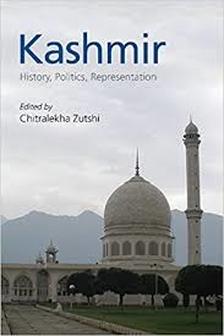
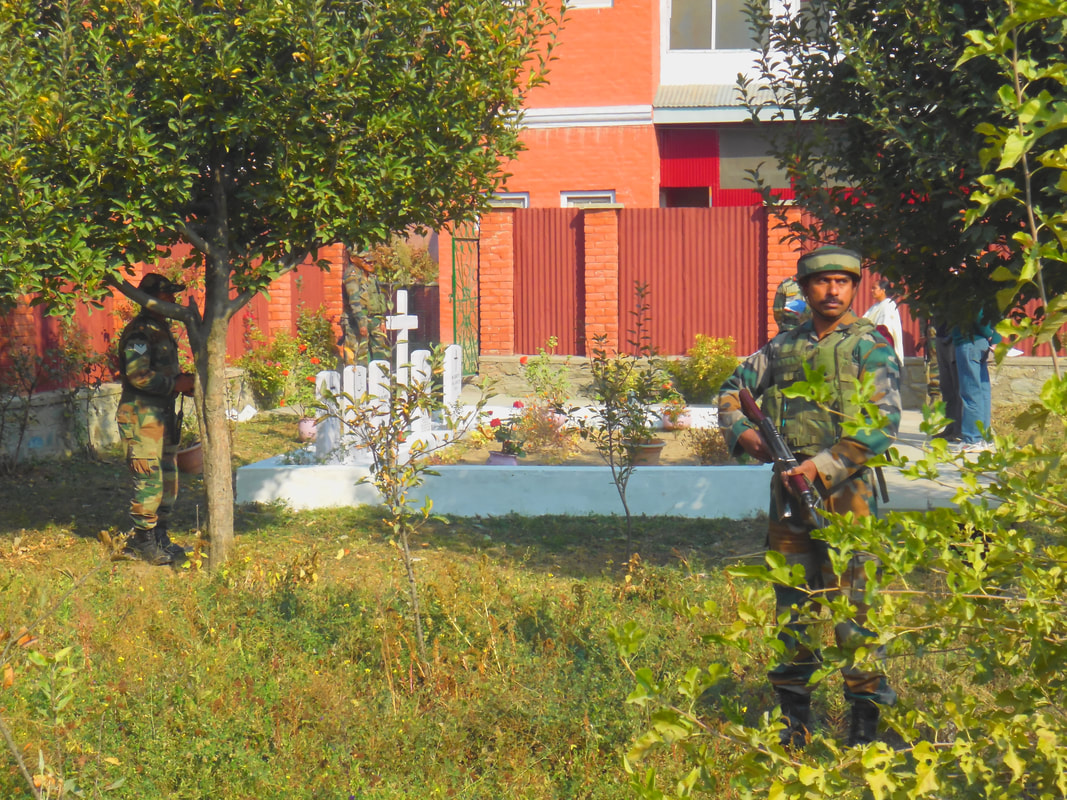
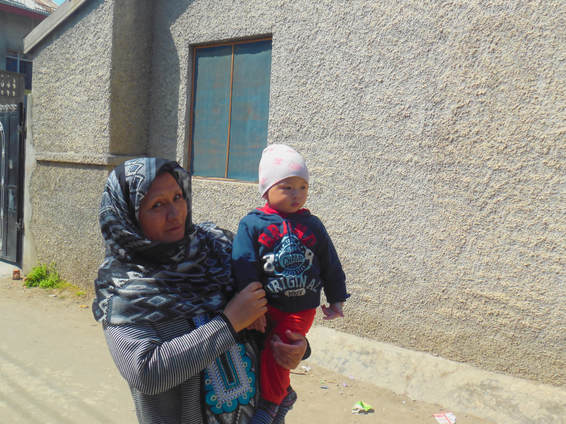
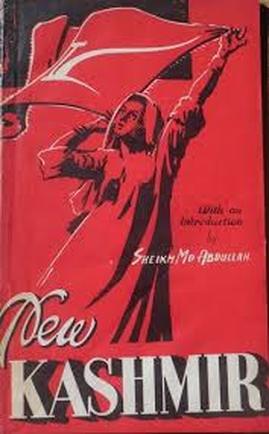
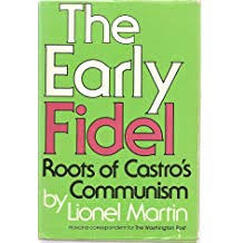
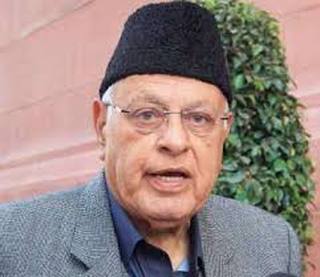

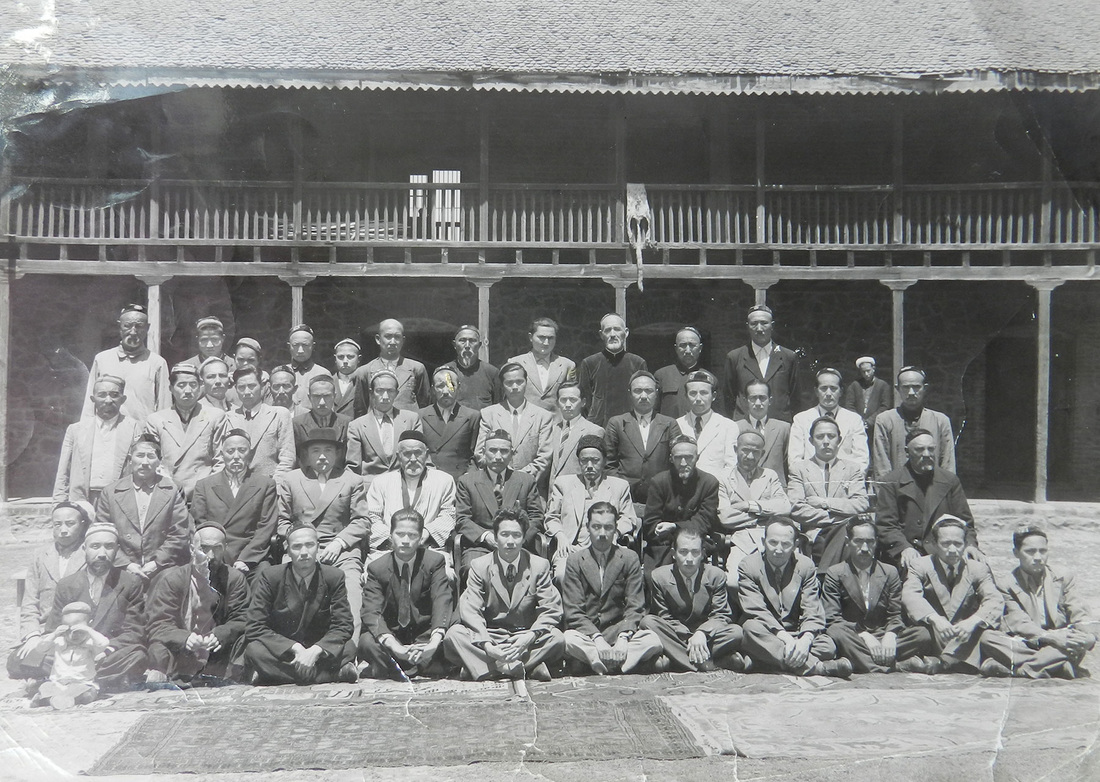
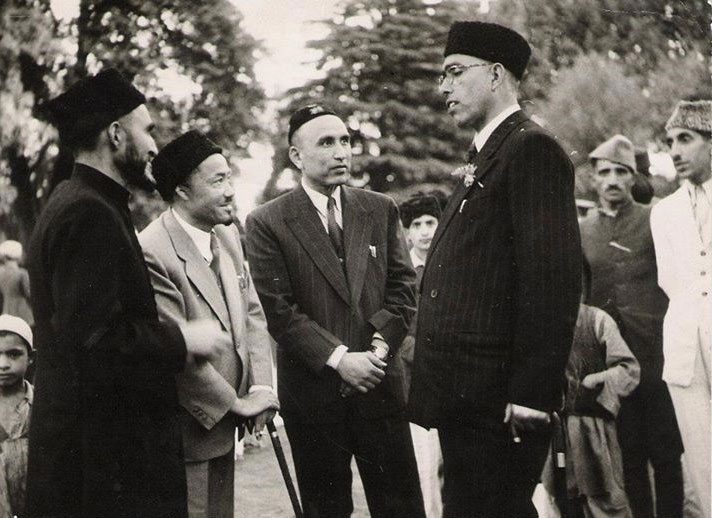
 RSS Feed
RSS Feed